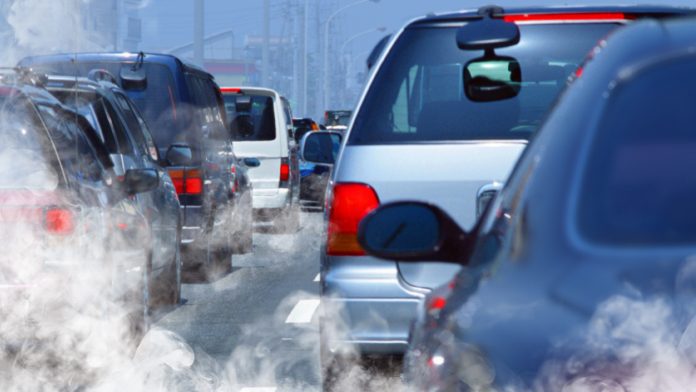
New data from the World Health Organization (WHO) finds that low air quality affects billions of people and is threatening the population’s health.
A record number of over 6000 cities in 117 countries are now monitoring air quality, but people continue to breathe unhealthy levels of fine particulate matter (PM) and nitrogen dioxide, with people in low and middle-income countries suffering from the highest exposure to air pollution.
The findings have led to WHO highlighting the importance of curbing fossil fuel use and taking other steps toward reducing air pollution levels.
Air quality database
The 2022 update of WHO’s air quality database introduces ground measurements of annual mean concentrations of nitrogen dioxide (NO2), a common urban pollutant and precursor of particulate matter and ozone. It also includes measurements of particulate matter with diameters equal to or smaller than 10 μm (PM10) or 2.5 μm (PM2.5). Both groups of pollutants originate mainly from human activities related to fossil fuel combustion.
The new air quality database is the most extensive yet in its coverage of air pollution exposure on the ground. Some 2,000 more cities/human settlements are now recording ground monitoring data for particulate matter, PM10 and/or PM2.5, than in the last update. This marks an almost 6-fold rise in reporting since the database was launched in 2011.
The damage to the human body
Air pollution can damage the human body, with a growing evidence base supporting this matter.
Particulate matter, especially PM2.5, is capable of penetrating deep into the lungs and entering the bloodstream, causing cardiovascular, cerebrovascular (stroke) and respiratory impacts. There is emerging evidence that particulate matter impacts other organs and causes other diseases as well.
Furthermore, NO2 is associated with respiratory diseases such as asthma which leads to respiratory symptoms such as coughing, hospital admissions and visits to emergency rooms.
WHO last year revised its Air Quality Guidelines, making them more stringent to help countries better evaluate the healthiness of their air.
“Current energy concerns highlight the importance of speeding up the transition to cleaner, healthier energy systems,” said Dr Tedros Adhanom Ghebreyesus, WHO Director-General. “High fossil fuel prices, energy security, and the urgency of addressing the twin health challenges of air pollution and climate change underscore the pressing need to move faster towards a world that is much less dependent on fossil fuels.”
The effect on higher-income countries
In the 117 countries monitoring air quality, the air in 17% of cities in high-income countries falls below the WHO’s Air Quality Guidelines for PM2.5 or PM 10. In low- and middle-income countries, air quality in less than 1% of the cities complies with WHO recommended thresholds.
Globally, low- and middle-income countries continue to experience greater exposure to unhealthy air pollution levels of PM compared to the global average, but NO2 patterns are different, showing less difference between high- and low- and middle-income countries.
About 4000 cities/human settlements in 74 countries collect NO2 data at ground level. Aggregated, their measurements show that only 23% of people in these places breathe annual average concentrations of NO2 that meet levels in the recently updated version of WHO’s Air Quality Guidelines.
“After surviving a pandemic, it is unacceptable to still have 7 million preventable deaths and countless preventable lost years of good health due to air pollution. That’s what we’re saying when we look at the mountain of air pollution data, evidence, and solutions available. Yet too many investments are still being sunk into a polluted environment rather than in clean, healthy air,” said Dr Maria Neira, WHO Director, Department of Environment, Climate Change and Health.
























